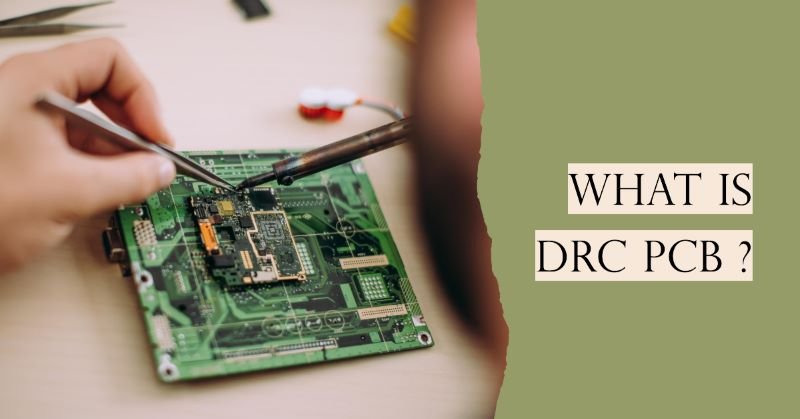Building a Greener Future: Top Sustainable Engineering Practices for Eco-Friendly Construction
The construction industry has long been a cornerstone of global development, but it has also been a significant contributor to resource depletion and environmental impact. Today, a powerful shift is underway, driven by the principles of Sustainable Engineering. This forward-thinking discipline is revolutionizing how we design, build, and operate our structures, moving away from the traditional “take, make, dispose” model towards a more circular, efficient, and environmentally conscious approach. Eco-friendly construction isn’t just about being “green”; it’s about creating healthier, more resilient, and more valuable buildings for generations to come.
The Foundation: What is Sustainable Engineering in Construction?
Sustainable engineering in construction is a holistic approach that considers the environmental, social, and economic impacts of a building over its entire lifecycle—from the sourcing of raw materials to its eventual demolition or repurposing. The goal is to minimize the negative impacts while maximizing the positive ones, creating structures that are in harmony with their environment.
This involves a deep understanding of material science, energy systems, water management, and ecological principles. For professionals looking to lead in this transformative field, a comprehensive Sustainable Engineering course provides the essential knowledge and practical skills to integrate these practices into real-world projects, turning sustainability from an afterthought into a core design principle.
Top Practices for Eco-Friendly Construction:
1. Prioritizing Sustainable and Recycled Materials
- The Practice: This involves moving away from virgin, energy-intensive materials like conventional concrete and steel towards more sustainable alternatives. This includes using recycled steel, reclaimed wood, bamboo, cork, and innovative materials like “green” concrete (made with industrial byproducts) and mycelium (mushroom root) composites.
- The Impact: Reduces demand for raw resource extraction, lowers the carbon footprint of materials, and diverts waste from landfills.
2. Designing for Energy Efficiency
- The Practice: This is one of the most impactful areas of sustainable construction. It includes:
- Passive Design: Orienting the building to take advantage of natural light and airflow, reducing the need for artificial lighting and HVAC.
- High-Performance Insulation: Using advanced insulation materials in walls, roofs, and floors to minimize heat loss in winter and heat gain in summer.
- Energy-Efficient Windows: Installing double or triple-glazed windows with low-emissivity coatings.
- Renewable Energy Integration: Incorporating solar panels, geothermal heating and cooling systems, and other on-site renewable energy sources to achieve Net-Zero or even Net-Positive energy buildings.
3. Implementing Smart Water Management Systems
- The Practice: Water is a precious resource, and sustainable construction aims to conserve it at every stage. This includes:
- Rainwater Harvesting: Collecting and storing rainwater for non-potable uses like irrigation and toilet flushing.
- Greywater Recycling: Treating and reusing water from sinks, showers, and washing machines for irrigation.
- Low-Flow Fixtures: Installing efficient toilets, faucets, and showerheads.
- Permeable Paving: Using materials for driveways and walkways that allow stormwater to seep into the ground, replenishing groundwater and reducing runoff.
4. Minimizing Construction Waste
- The Practice: The construction process itself can generate enormous amounts of waste. Sustainable practices focus on waste reduction through:
- Prefabrication and Modular Construction: Building components off-site in a controlled factory environment, which is more precise and generates less waste.
- Deconstruction Planning: Designing buildings to be easily disassembled at the end of their life, allowing materials to be salvaged and reused rather than demolished and sent to a landfill.
- On-site Waste Sorting: Diligently sorting waste materials for recycling and reuse.
5. Enhancing Indoor Environmental Quality (IEQ)
- The Practice: A sustainable building is also a healthy building. This involves:
- Using Low-VOC Materials: Selecting paints, adhesives, and finishes with low levels of Volatile Organic Compounds (VOCs), which can be harmful to human health.
- Maximizing Natural Light and Ventilation: Creating bright, airy spaces that improve occupant well-being and productivity.
- Biophilic Design: Integrating natural elements like indoor plants, green walls, and natural materials to connect occupants with nature.
The Growing Demand for Sustainable Expertise
As environmental regulations become stricter and consumer demand for green buildings grows, the need for engineers, architects, and construction managers with expertise in these practices is surging. In a country like India, which is experiencing rapid urbanization, the adoption of sustainable construction is particularly critical. Many leading institutions now offer specialized sustainable engineering courses in India, providing localized knowledge on materials, climate-appropriate design, and regional policies. These programs are essential for cultivating the talent needed to build the green infrastructure of tomorrow.
Conclusion: Building a Better Future, One Project at a Time
Sustainable engineering is not just a trend; it’s the future of construction. By embracing these eco-friendly practices, the industry can move from being a major consumer of resources to a key player in creating a more sustainable and resilient world. Each building designed with these principles in mind is a step towards a healthier planet, more efficient economies, and more vibrant communities.








